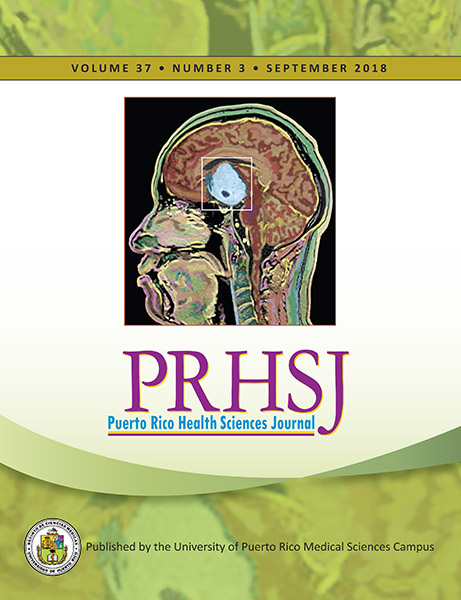Abstract
Objective: A rare, low-grade tumor found in the hypothalamus and anterior third ventricle, a chordoid glioma presents a challenge to neurosurgeons: Its successful resection is complicated by its inconvenient location. Case Description: A 42-year-old male patient presented with a 1-year history of major depressive disorder, with psychotic features associated with generalized tonic–clonic seizures. Brain magnetic resonance imaging (MRI) with contrast revealed a suprasellar mass extending into the third ventricle To resect the lesion, an interhemispheric transcallosal transventricular subfornical approach was used. Pathology revealed a chordoid glioma. The patient had a complicated post-operative period that included the development of neurogenic diabetes insipidus, followed by intractable hyponatremia and death (caused by malignant brain edema). Conclusions: A chordoid glioma is a rare neoplasm that, in 2000, was incorporated into the World Health Organization (WHO) classification of central nervous system tumors. Due to its rarity, it is seldom considered in the differential diagnosis of suprasellar masses. Moreover, its unusual presentation and difficult location present a challenge for surgical and medical management.
Authors who publish with this journal agree to the following terms:
a. Authors retain copyright and grant the journal right of first publication with the work simultaneously licensed under a Creative Commons Attribution License that allows others to share the work with an acknowledgement of the work's authorship and initial publication in this journal.
b. Authors are able to enter into separate, additional contractual arrangements for the non-exclusive distribution of the journal's published version of the work (e.g., post it to an institutional repository or publish it in a book), with an acknowledgement of its initial publication in this journal.
c. Authors are permitted and encouraged to post their work online (e.g., in institutional repositories or on their website) prior to and during the submission process, as it can lead to productive exchanges, as well as earlier and greater citation of published work (See The Effect of Open Access).
